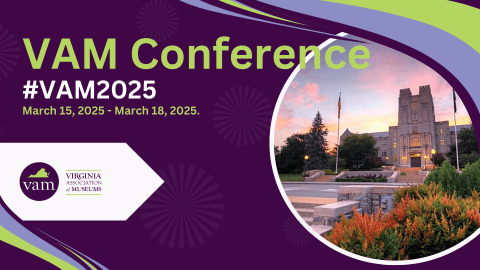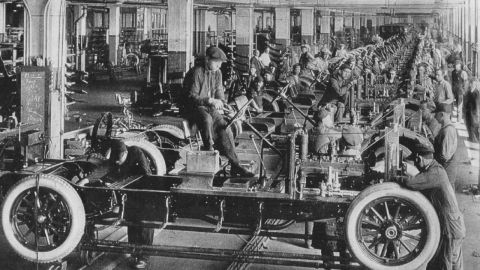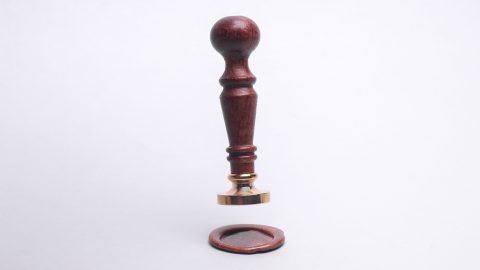Currently I’m watching the birth of two movements in our field. #MuseumsRespondtoFerguson and #MuseumWorkersSpeak are both grappling with issues of what museums can do, should do, and should be expected to do in response to issues of equity and social justice. However, as a representative of the Alliance, I feel stymied when threads of these vital conversations lead (or end) with the question/suggestion/demand “why doesn’t AAM make this a standard?,” or “why isn’t this a requirement of Accreditation?”
Statements like that imply that AAM staff decide what the standards are. That’s not how it works, and it isn’t how it should work. As Vu Le recently wrote on his blog Nonprofit with Balls, “If your nonprofit serves a constituency that you are not a part of, remember at all times that they [the people you serve] are the experts, and you are their staff.”
To shed light on how our field does come to agreement on the standards they strive to adhere to, I want to share the stories of two other movements exploring potential future standards– collections planning and sustainability.
Tuesday’s guest post was by a trio of visionaries working to reshape the way museums approach collecting. Through Active Collections, Trevor Jones, Rainey Tisdale and Elle Wood are agitating for museums to move from “lazy artifacts” to “active assets.” Their manifesto declares “We believe collections must either advance the mission or they must go.” And they don’t just mean “theoretically related to the mission,” they mean “providing public value.”
I am thrilled to see them tackle this cause. As I mentioned in my preamble to their post, I spent a good deal of time advancing this cause almost a decade ago. Back then, at the behest of the Accreditation Commission, I led an Alliance staff team that worked with the Smithsonian to organize a national colloquium on the subject of collections planning. We took the results of that meeting on the road for further input and commentary, and in 2004 published a book representing the collective thoughts of the field. As part of this extended exploration, the Accreditation Commission gave museums a heads up that someday, eventually, the Accreditation Program might require museums to present a collections plan as one of their core documents.
That hasn’t happened yet.
Not because the need has gone away—the Commission still sees many museums struggling to manage collections that seem by any reasonable measure to be tangential to their mission, or exceed their resources. But we still have three barriers to overcome before a collections plan becomes a core document, something all good museums are expected to have. These missing elements are:
- Broad consensus from the field that a collections plan is vital to museum success
- Sufficient resources, training and models to help museums write such plans
- A critical mass of museums that actually meet this expectation. (I think we would see a revolt from the field if the Accreditation Program introduced a requirement that ninety percent of accredited museums immediately flunked.)
Another potential future standard concerns sustainability. The Alliance’s Green Professional Network has been advancing this cause for several years. In 2013 PIC Green held a summit on environmental sustainability standards for museums at the AAM annual meeting. That gathering began the process of assessing the field’s “experience with, response to and appetite for sustainability metrics.” The summit resulted in a call to action titled Museums, Environmental Sustainability and Our Future. That paper notes that, when it comes to environmental sustainability, museums may choose to recognize the value of shared standards, leave each museum to decide among many separate standards, write some standards specific to museums or create a whole new (LEED-like) system of their own.
Both these efforts to explore future standards are playing out in the self-regulated environment of our field. Museums (collectively) have developed discipline-specific as well as field-wide standards. But adherence to these standards isn’t mandated or fostered by any government entity. When it comes to museum practice, our field self-regulates, having created a wide variety of systems that support any individual museum in committing to the standards (e.g., AAM’s Pledge of Excellence), measuring progress (e.g., AALSH’s stEPs program, or AAM’s Museum Assessment Program), or obtaining certification such as AZA or AAM Accreditation. Only about 5% of museums are currently accredited by the Alliance, and adherence to the standards by non-accredited museums is enforced only by peer pressure and public expectation.
So what part does the Alliance play in the process of creating and enforcing standards? The Alliance is your professional association—it represents you, advocates for you, provides services for you. Our role is to provide forums in which you, the people who actually work in and around museums, can raise important issues, and seek consensus on “what every good museum should do.” These forums can be as small as the eight-member Accreditation Commission, or the forty or so people who serve on the National Program Committee (the assembly of peers who select the session proposals that will appear on the program of the annual meeting). It can be as large as the thousands of attendees who gather at the annual meeting to share and debate the ideas presented in the formal sessions and the informal or self-organized gatherings that are nurtured by the conference.
Some of these forums are open and self-selected, like the Professional Networks, or elected, like the leadership of those networks. They may be nominated at large and vetted by a smaller group of peers—like the nominating committee of the Board. All members of the Alliance have the chance to play a role, direct or indirect, in the selection of our volunteer leadership, in addition to the influence they wield by their own participation in networks and committees. (Speaking of which, nominations are now open for members of the Accreditation Commission.)
The stories I relate above, exploring how museums are exploring collections planning and sustainability, illustrate the fact that finding consensus about what is right, or necessary or ethical is a long and arduous process. Frankly I think that’s a good thing, because the process is as important as the outcome. Done thoughtfully and inclusively, field-wide deliberation results in deep understanding and commitment, which is a far more meaningful result than would be achieved by blind adherence to a rule imposed from above. (Even if AAM could so impose. You, reader, might be among the first to thumb your nose if we tried.)
Fact is, building the future takes a lot of hard work, and there aren’t any shortcuts. But our job, as your association, is to support you on every step of that long journey.
Yours from the future,
Elizabeth









I think you're absolutely right, that AAM is our organization and if we want it different, then we need to make it so. To that end, I would really appreciate some attention and promotion by the organization to the process by which members are invited to nominate members for the board outside of the nominating committee (I know the bylaws allow, but you have to poke around to find that) and to, for instance, nominate members–or volunteer themselves–to the national program committee. I've appreciated the slightly more open session process that's happened over the last couple years and hope that experimentation and openness will keep going, and will also expand out to all of AAM's work.